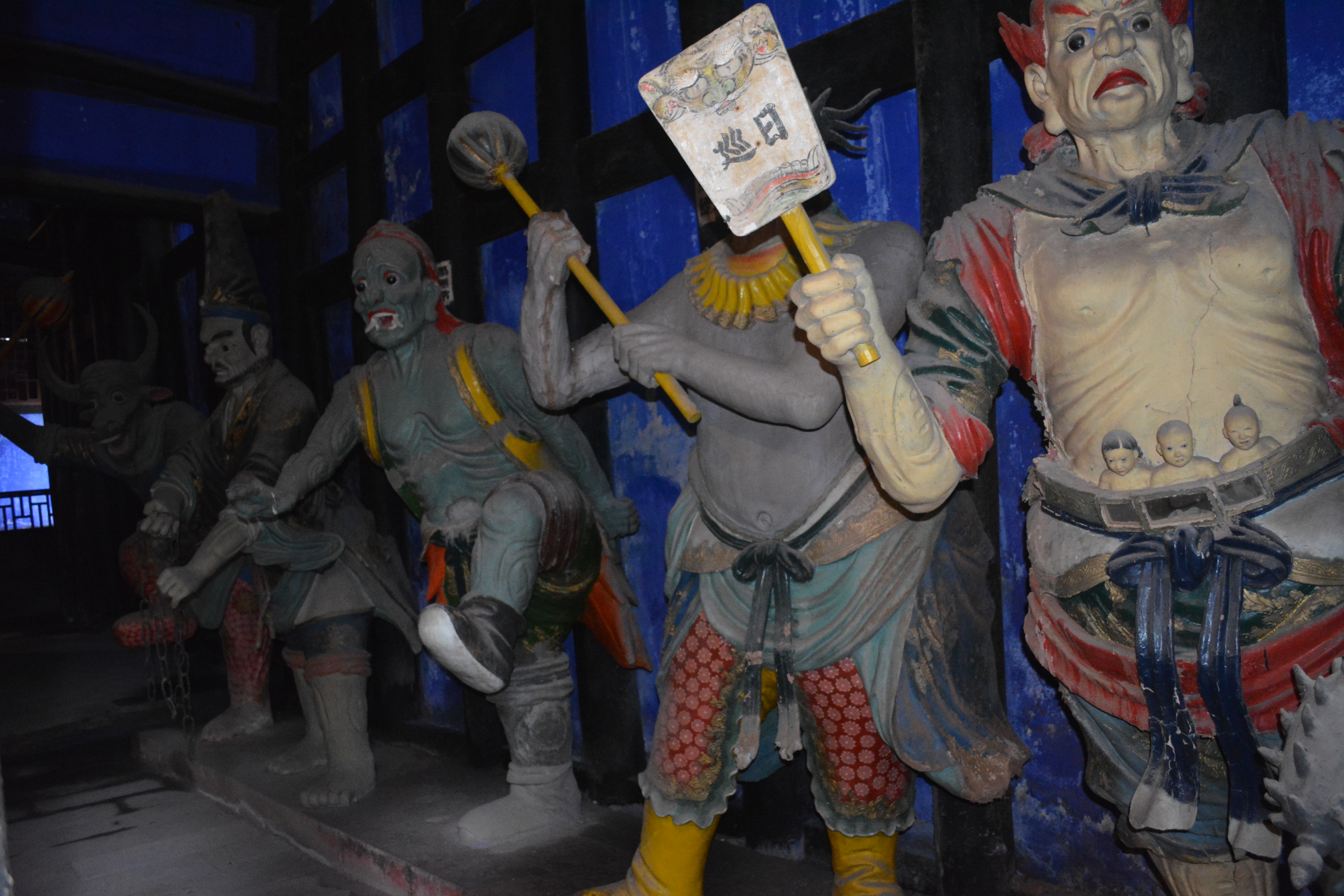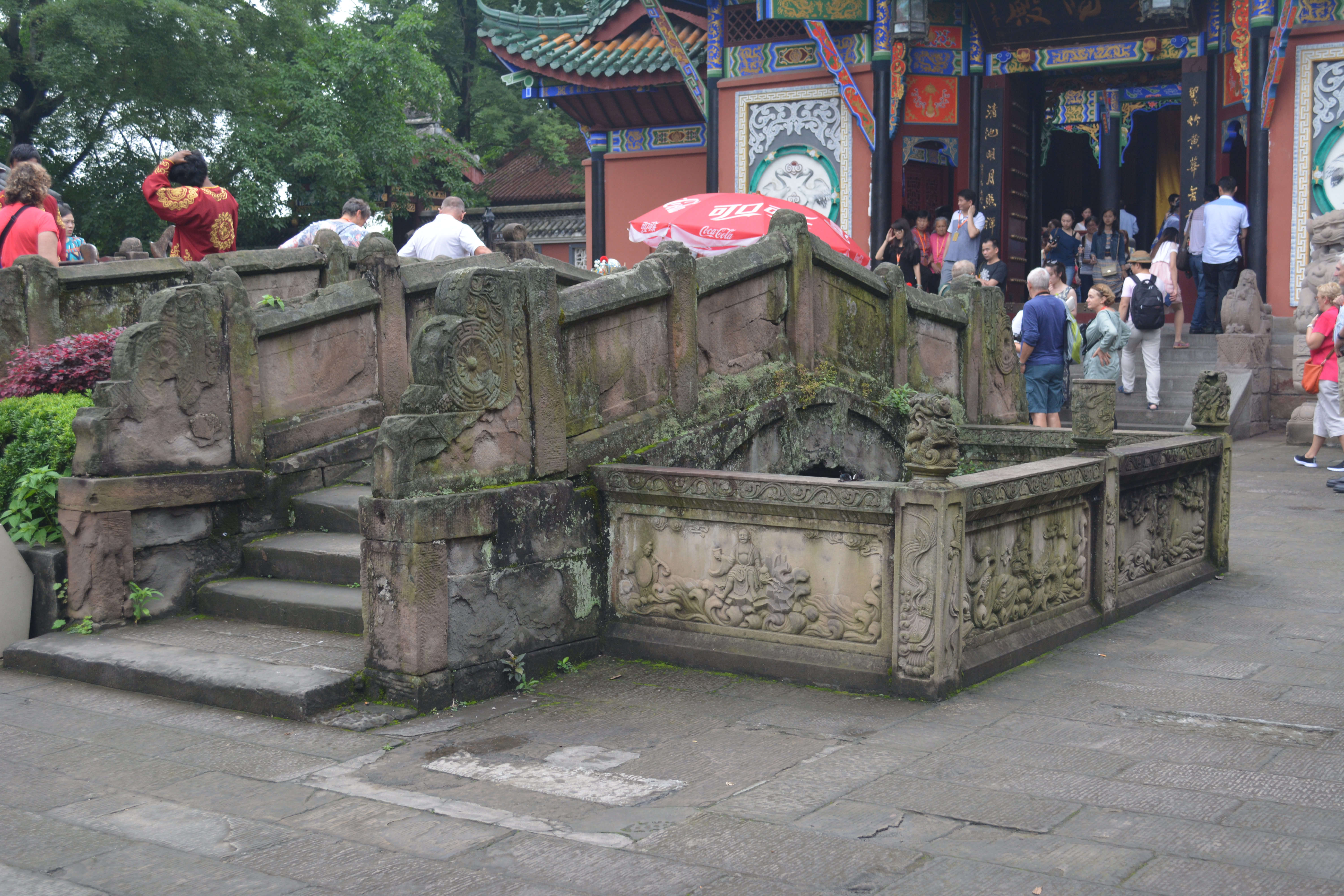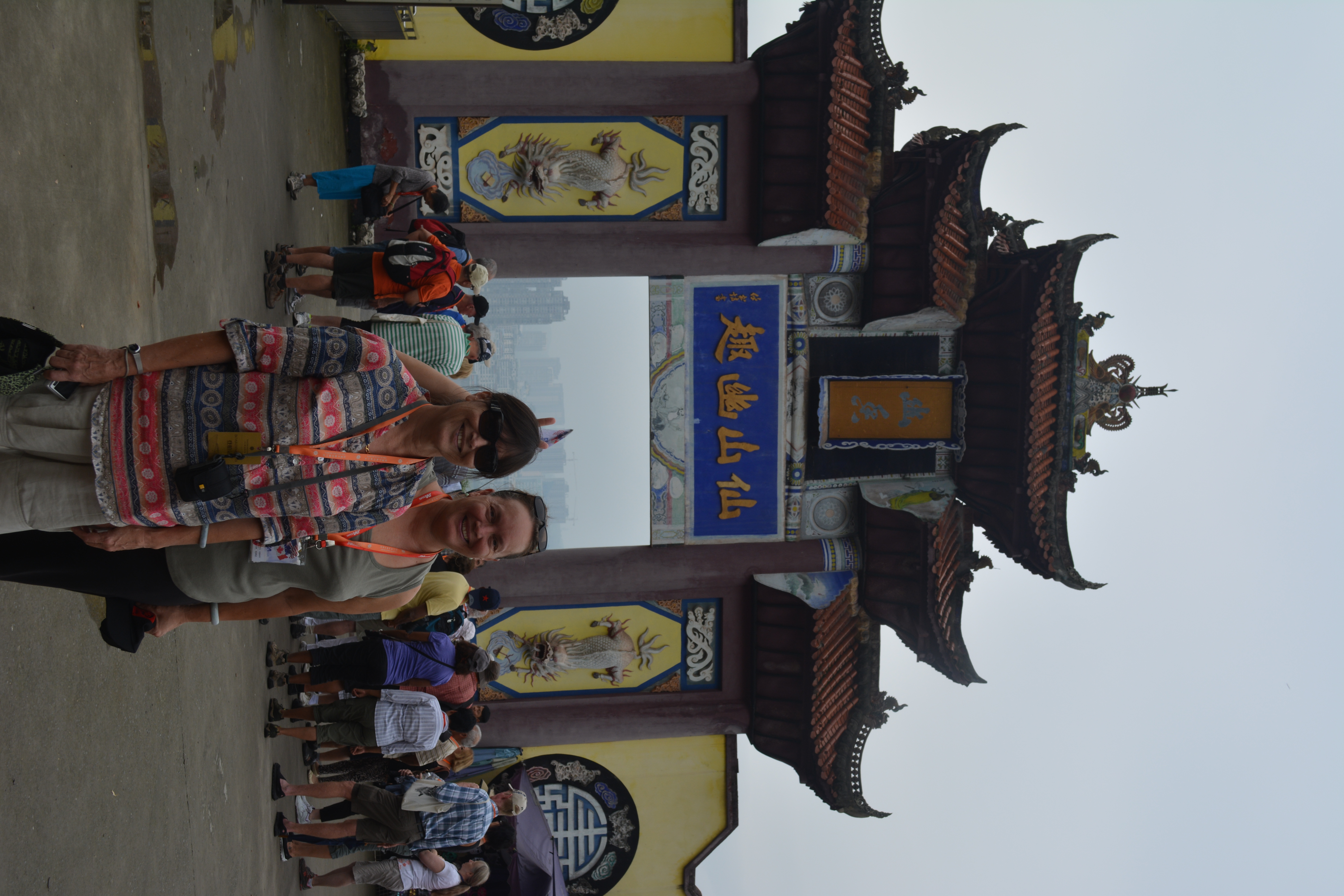
AsianOverland.net
Tour Guide - Itinerary
Asian Overland Sydney to London
Started 22/06/2022 Finished 21/06/2023365 Days ITINERARY
Day 79 date 08/09/2022THREE GORGES DAM to CHONGQING, CHINA
ASIANOVERLAND.NET SYDNEY TO LONDON DAY 79: THREE GORGES DAM TO CHONGQING, CHINA
Chongqing was China’s capital during World War 11 and is the most populous Chinese municipality, with a population over 30 million.
The Second Sino-Japanese War was the largest Asian war in the 20th century, with 25 million Chinese civilians and over 4 million Chinese military personnel dying from war-related violence. The war has been called "the Asian holocaust."
The war was caused by Japanese imperialist policy to expand its influence politically and militarily to secure access to raw material reserves, food, and labour. Japanese militant nationalism was led by the Imperial Rule Assistance Association under edict from Emperor Hirohito. In 1931, in the Japanese invasion of Manchuria, the Chinese were defeated and Japan created a new puppet state.
The Japanese captured Beijing, Shanghai and the Chinese capital of Nanjing in 1937, leading to the Rape of Nanjing. After failing to stop the Japanese in the Battle of Wuhan, the Chinese central government was relocated to Chongqing in the Chinese interior.
Following the Sino-Soviet Treaty of 1937, strong Soviet support helped the Nationalist Army of China and the Chinese Air Force strongly resist the Japanese offensive. By 1939, after Chinese victories in Changsha and Guangxi, and with Japan's lines of communications stretched deep into the Chinese interior, the war reached a brutal stalemate.
The Japanese were unable to defeat the Chinese communist forces in Shaanxi, who waged a campaign of sabotage and guerrilla warfare against the invaders. However, the Japanese succeeded in a year-long battle to occupy Nanning, which cut off China's last sea access to its wartime capital of Chongqing. While Japan ruled the large cities, they lacked sufficient manpower to control China's vast countryside. In November 1939, Chinese nationalist forces launched a large scale winter offensive, and in August 1940, Chinese communist forces launched a counteroffensive in central China.
In December 1941, Japan launched a surprise attack on Pearl Harbor, and declared war on the United States. The United States declared war in turn and increased its flow of aid to China. With Burma cut off by the Japanese, it airlifted material over the Himalayas.
In 1944, Japan launched its invasion of Henan and Changsha, but failed to obtain the surrender of Chinese forces. In 1945, the Chinese Expeditionary Force resumed its advance in Burma and completed the "impossible engineering pipe dream" Ledo Road linking India to China. At the same time, China launched large counteroffensives in South China and retook West Hunan and Guangxi. Japan formally surrendered on 2 September 1945. China was recognized as one of the Big Four Allies with the Soviet Union, USA and UK during the war. China regained all territories lost to Japan, and became one of the five permanent members of the United Nations Security Council.
Tongnan Baizi is a town in Chongqing, which consists of wide streets and private farms. It was built in the early Song dynasty (960–1279), making it one of the oldest towns in the world. The Ghost City and Torture Chamber are fascinating historic, tourist and photo stops.
© This work is copyright. Apart from any use permitted under the Copyright Act 1968, no part may be reproduced by any process, nor may any other exclusive right be exercised, without the permission of Peter Searle, peter@portseavillageresort.com; 1980-2024.
Website built by Justin O’Dea www.webdeveloperdocklands.com.au


